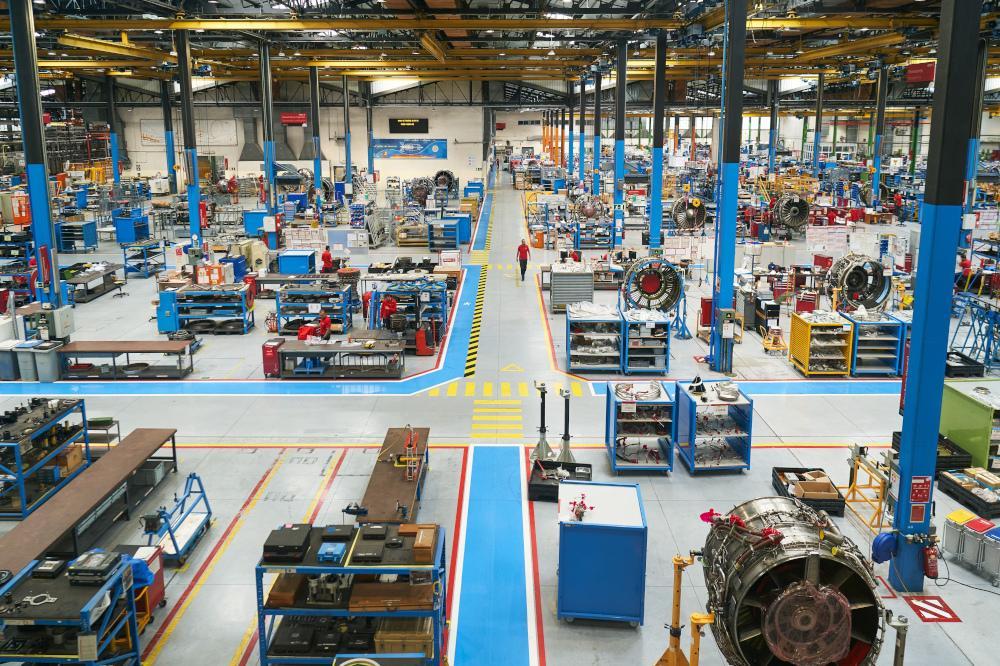
In 2023 several powerful forces buffeted a maintenance market that was pulling out all the stops to meet resurgent passenger demand around the world.
To judge from speakers at Aviation Week’s recent MRO Europe conference in Amsterdam, the biggest impression was made by ongoing supply chain problems and difficulties sourcing materials and labor.
“It’s been three years since we shut down capacity so what’s happening?” asked Ivan Vallejo, director of strategy and supply chain at Iberia Maintenance, summing up the frustration of many MRO providers at ongoing delays from the OEMs.
An added annoyance has been higher parts price inflation during the manufacturers’ annual round of price increases, with several MRO providers warning of a threat to long-term maintenance contracts.
“Certain fixed prices on longer-term agreements have assumptions about how much prices will increase, and these may not be true anymore,” said Miguel Martins, business development manager at TAP Maintenance & Engineering.
Less remarked upon, but a trend equally likely to shape the aftermarket through next year, has been the extra lease of life afforded to aging narrowbodies. This means more opportunities for Airbus A320ceo and Boeing 737NG airframe maintenance, as well as a boost to demand for CFM International CFM56 and International Aero Engines V2500 engine shop visits.
Linked to this has been a relatively low number of retirements and part-outs as older aircraft are kept in service for longer, which has hurt the supply of used serviceable materials.
Another big influence has been the durability problems of new-generation engines, which culminated in a huge round of inspections announced toward the end of the year by Pratt & Whitney for its geared turbofan engine.
These inspections have pushed up demand for CFM56 and V2500 engines to provide cover for affected airlines, and also added further strain to an engine overhaul market struggling to reduce exceptionally long turnaround times.
